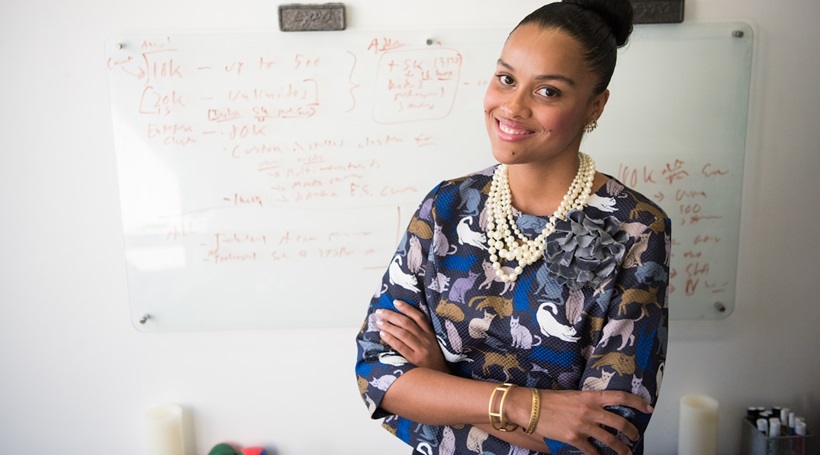Last Updated on January 1, 2025
Breaking into a career field mostly dominated by men isn’t a walk in the park. Despite narrowing the gender pay gap and earning equal employment rights, getting a seat at the STEM table is that much harder for women.
An abbreviation for studying science, technology, engineering and mathematics, STEM brings these areas of expertise under one umbrella. STEM majors are considered some of the most challenging degrees to pursue.
Gender bias and science anxiety play into these challenges, noted SCISPACE, citing four studies. As recently as 2023, Unesco reported female STEM graduates did not exceed 30%.
In this article, we’ll take a closer look at how companies can create more opportunities for women in STEM careers.
Set up for Failure
According to MIT, women only make up 28% of the global STEM workforce. In the U.S. that figure stands at 24%.
The lack of women in STEM can be attributed to gender stereotypes, unconscious bias and scarcity of role models. From starting university to entering the workspace, the odds are already stacked against them when entering STEM fields.
Less visibility creates a bottleneck effect and the disparity is concerning, noted MIT. It results in decreased diversity and inclusion, ultimately limiting the potential of the STEM industry.
Because the sector is still very much male-dominated, women are hesitant and feel intimidated to follow the career path.
Black in STEM
Dr Raven Baxter has an impressive following on X (formerly Twitter). Affectionately known as The Science Maven, Dr Baxter is a molecular biologist and director of The Science Haven.
In a series of posts, she recounted how on her first day in a new position, a white co-worker threatened to call the cops on her. Her second job as an assistant professor of biology started on a very sour note.
Dr Baxter went on to list encounters with colleagues in other jobs further into her career. Because of her experience of being a Black woman in STEM, breaking down barriers was ten times harder for her.
As the director of the non-profit The Science Haven, Dr Baxter is on a mission to democratize science and make it accessible for all.
Unfortunately, she still finds herself the target of discrimination. In June this year, Dr Baxter claimed she was denied the purchase of a Virginia Beach condo because of her race.
This prompted her to file a discrimination claim with the Virginia Fair Housing Office.
Breaking Down Barriers
Due to the male-governed legacy of STEM research, it’s hard to break the cycle. While writing for Technology News, BioIVT’s vice president of scientific affairs, Dr Courtney Noah placed some of the responsibility on the industry.
She suggested part of the solution be that companies hire more qualified female applicants. In addition to hiring female talent, they should invest in training and support for recruits so that they can grow personally and professionally in their new roles.
A new analysis by S&P Global showed that the healthcare sector saw the biggest growth in women in leadership STEM positions at 41.1%. While it points out that some strides have been made, gender parity in management roles is still imbalanced.
More focus is needed on building strong STEM foundations for future leaders, said Jennifer Preston, HR and recruitment consultant. She told Forbes that leaders must develop, inspire and retain emerging talent.
Employers have the opportunity to address these challenges faced by women in STEM. Using evidence-based actions, they can develop solutions for more inclusion so that women aren’t forced to leave the field because they feel their voices aren’t being heard.
Forbes reported that up to 50% of women leave the STEM workforce after five to seven years on the job. As a way of retaining female talent, Forbes writer Serenity Gibbons wrote that when companies listen to women’s lived experiences, they reap exponential rewards.
Paving the Way Forward
As Dr Baxter believes, getting more women interested in STEM is to spark their curiosity from a young age.
Her organization along with others such as Code Like A Girl, inspires women from all backgrounds to dream and envision themselves in the sector.
A study published in the journal Public Personnel Management recommended that managers wanting to increase STEM employment of women in their agencies should consider investing in developing and promoting women into supervisory roles.
Women need to relate to their peers. Championing for women in more leadership roles gives their female cohorts something to aspire to, and role models they can count on.

